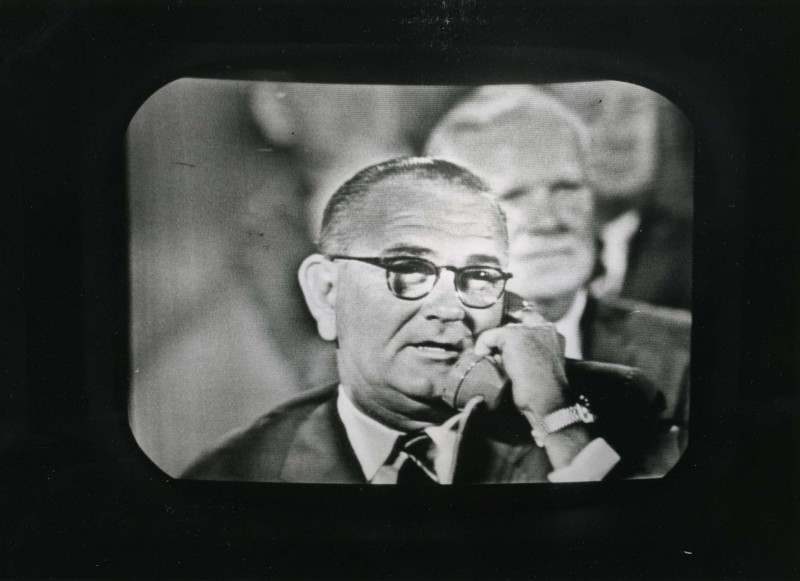The Robert C. Byrd Congressional Papers Collection is comprised of several sections or “series” of records. The Office Files Series, one of the smaller series within the collection, contains 76 linear feet of records from the four offices Senator Byrd operated during his time in Congress. Ranging in date from 1956 through 2010, the Office Files Series provides a comprehensive record of the administration of Senator Byrd’s offices for all but the first 3 years of his Congressional career. This collection offers several different types of documents which help to further illuminate the life and work of Senator Byrd and to gain a better understanding of how Congress operates outside of the chamber and away from the C-SPAN cameras.
By Jody Brumage
Each summer, Washington D.C. comes together to participate in the tradition of the Congressional Baseball Game. Started over a century ago, it is perhaps the only time where partisanship is expected to rule the day. The event was started in 1909 by Congressman John Tener (R-PA), who had been an outfielder and pitcher for the Chicago Cubs (then the Chicago White Stockings) in 1888-1889 and who played several years in minor league teams. Members of each party form their respective teams, dawn uniforms celebrating their home states, and meet at the ball field to see which side can best the other in America’s pastime. Though the game has been interrupted over its history by the Great Depression, World War II, and the occasional Speaker of the House who found the game to be distracting, the annual meeting of the parties on the baseball diamond continues to this day. A blog post from the U.S. House of Representatives Historian’s Office offers a more detailed history of the tradition, which you can read by clicking here. This year’s game will be played on Thursday, June 11, 2015 at National’s Park. By Jody Brumage
Several projects supported by Senator Byrd spanned the length of his career and included multiple appropriations to upgrade infrastructure or adapt to changing technologies. One of these projects that received continued support was West Virginia’s fish hatcheries and aquaculture centers. Beginning in the early twentieth century, the state established centers to study fish populations and breed trout and other species for stocking rivers and ponds. The first of these centers was the White Sulphur Springs National Fish Hatchery, founded in 1902 in Greenbrier County. A second hatchery, located at Leetown in Jefferson County, was established in 1930. The Bowden Hatchery, located near Elkins in Randolph County, was started in the early 1960s. All three of these hatcheries, in addition to centers at West Virginia University and other hatcheries established by the state received several appropriations from Congress through Senator Byrd’s efforts. |
Welcome to the Byrd Center Blog! We share content here including research from our archival collections, articles from our director, and information on upcoming events.
Categories
All
Archives
July 2023
|
Our Mission: |
The Byrd Center advances representative democracy by promoting a better understanding of the United States Congress and the Constitution through programs and research that engage citizens.
|
Copyright © Robert C. Byrd Center for Congressional History and Education
|




 RSS Feed
RSS Feed
